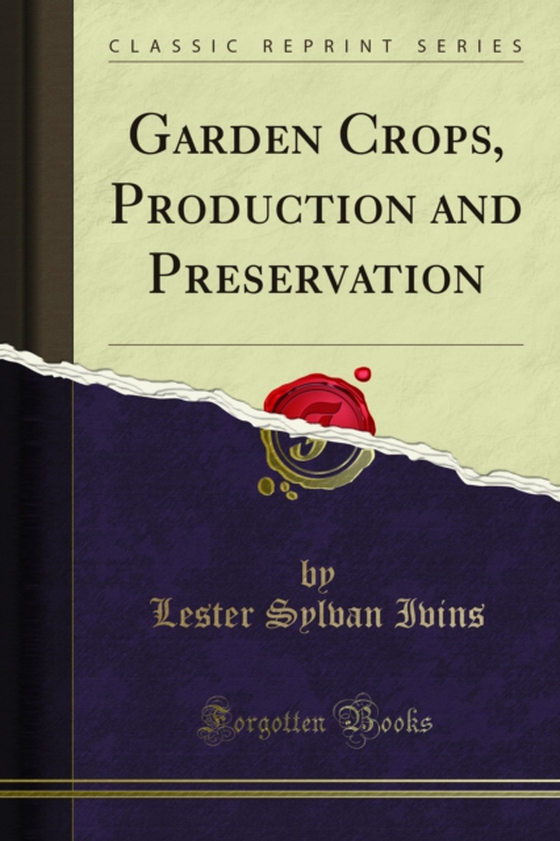
Garden Crops, Production and Preservation e-bog
85,76 DKK
(inkl. moms 107,20 DKK)
Whilst the greatest effort has been made to ensure the quality of this text, due to the historical nature of this content, in some rare cases there may be minor issues with legibility. Gardening has been taught for years in European schools with great success. The subject is fast finding a place in the course of study of many of the best schools of America. Its introduction is due largely to th...
E-bog
85,76 DKK
Forlag
Forgotten Books
Udgivet
27 november 2019
Genrer
Gardening
Sprog
English
Format
pdf
Beskyttelse
LCP
ISBN
9780243617814
Whilst the greatest effort has been made to ensure the quality of this text, due to the historical nature of this content, in some rare cases there may be minor issues with legibility. Gardening has been taught for years in European schools with great success. The subject is fast finding a place in the course of study of many of the best schools of America. Its introduction is due largely to the following influences: School officials are tending more and more to include in the courses of study such subjects as will afford children a better opportunity to prepare themselves for a well-rounded life. School patrons are asking that the schools be made more democratic by offering practical work in which the relations of cause and effect are more apparent and results more evident. The children them selves find more enjoyment in studying a subject that requires both indoor and outdoor work, which at the same time enables them to make some contribution to their own support and in directly to the wealth of the nation. Community leaders are beginning to appreciate the great civic, hygienic, economic, and educational values that results from children having gardens and being taught the principles of gardening. These leaders point out that under these conditions part of the products are consumed where they are produced and while they are fresh, avoiding cost of transportation and handling or loss from deterioration in the market, while the part that is not consumed when fresh is saved by canning, preserving, drying, salting, and storing.
 Dansk
Dansk

